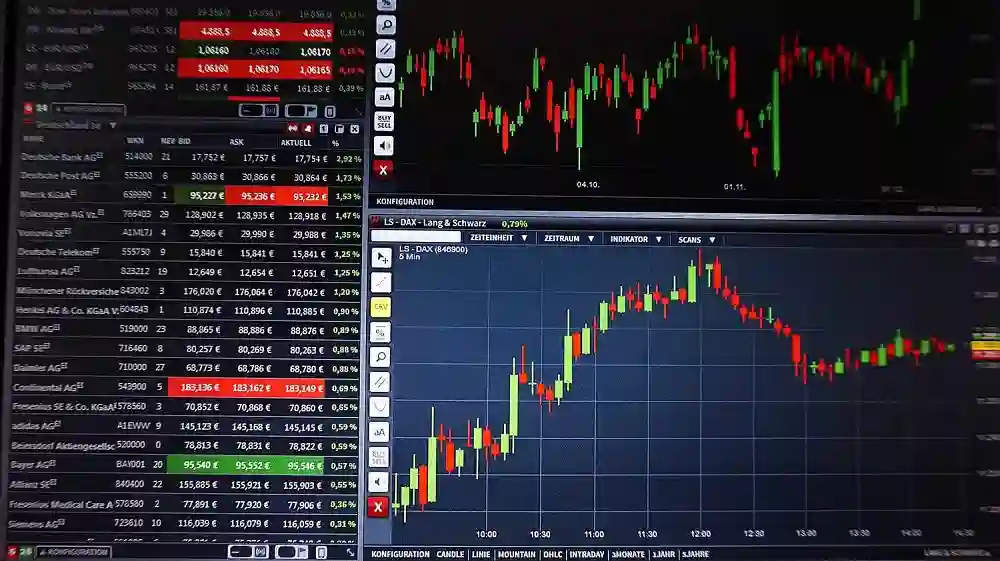Position sizing is a critical aspect of risk management in Forex (foreign exchange) trading, influencing the allocation of capital to individual trades and ultimately determining the overall risk and return profile of a trading strategy. Dynamic position sizing strategies, which adjust position sizes based on market conditions and risk factors, offer a systematic approach to optimizing risk-adjusted returns and enhancing portfolio resilience in Forex robot trading. This article delves into the concept of dynamic position sizing, explores various methodologies and techniques, and discusses their implications for improving performance and mitigating risk in currency trading.
Position sizing is a cornerstone of effective risk management in Forex trading, enabling traders to manage exposure, control risk, and optimize returns. Traditionally, position sizes are determined based on fixed rules or percentages of account equity, which may not fully account for market conditions, volatility, or risk factors. Dynamic position sizing strategies offer a more adaptive approach, allowing traders to adjust position sizes dynamically based on changing market dynamics and risk profiles.
In the context of Forex robot trading, where automated systems execute trades based on predefined rules and algorithms, dynamic position sizing strategies play a crucial role in optimizing performance and adapting to evolving market conditions. By incorporating dynamic position sizing techniques into trading algorithms, Forex robots can enhance risk-adjusted returns and achieve greater consistency in performance.
Principles of Dynamic Position Sizing:
Dynamic position sizing strategies aim to adjust position sizes based on factors such as market volatility, account equity, and risk tolerance. The goal is to allocate more capital to high-probability trades with favorable risk-reward profiles while reducing exposure to low-probability trades with higher risk.
One common approach to dynamic position sizing is volatility-based position sizing, where position sizes are adjusted based on the volatility of the underlying currency pair. Higher volatility pairs may warrant smaller position sizes to mitigate risk, while lower volatility pairs may allow for larger position sizes to capitalize on potential price movements.
Another approach is risk-based position sizing, which allocates capital based on the level of risk associated with each trade. Trades with higher expected risk may receive smaller position sizes to limit potential losses, while trades with lower expected risk may warrant larger position sizes to maximize potential returns.
Techniques for Dynamic Position Sizing:
Several techniques can be used to implement dynamic position sizing strategies in Forex robot trading. One approach is the fixed fractional position sizing method, where position sizes are determined based on a fixed percentage of account equity or risk per trade. While simple and easy to implement, fixed fractional position sizing may not fully account for changing market conditions and risk factors.
A more sophisticated approach is the Kelly criterion, which calculates position sizes based on the expected return and volatility of each trade. The Kelly criterion aims to maximize the long-term growth rate of a trading account by allocating capital in proportion to the edge or advantage of each trade. While the Kelly criterion can be effective in maximizing returns, it requires accurate estimates of trade probabilities and outcomes, which may be challenging to obtain in practice.
Dynamic position sizing strategies can also be implemented using machine learning algorithms, which learn and adapt to changing market conditions over time. Machine learning algorithms can analyze historical data, identify patterns and correlations, and optimize position sizes based on real-time market dynamics and risk factors. By leveraging machine learning techniques, Forex robots can dynamically adjust position sizes to maximize risk-adjusted returns and adapt to evolving market conditions.
Implications for Forex Robot Trading:
Dynamic position sizing strategies offer several key benefits for Forex robot trading. By adjusting position sizes based on market volatility, risk factors, and account equity, Forex robots can optimize risk-adjusted returns and achieve greater consistency in performance. Dynamic position sizing strategies enable Forex robots to adapt to changing market conditions, capitalize on trading opportunities, and mitigate risk in real-time.
Moreover, dynamic position sizing can enhance portfolio resilience and stability by reducing the impact of adverse market movements and drawdowns. By allocating more capital to high-probability trades and less capital to low-probability trades, Forex robots can achieve a smoother equity curve and reduce the likelihood of large losses.
However, implementing dynamic position sizing strategies in Forex robot trading requires careful consideration of various factors, including data accuracy, model complexity, and computational resources. Traders must validate and optimize position sizing algorithms using historical data and perform robustness tests to ensure the effectiveness and reliability of dynamic position sizing strategies in live trading environments.
Conclusion:
Dynamic position sizing strategies offer a systematic approach to optimizing risk-adjusted returns and enhancing portfolio resilience in Forex robot trading. By adjusting position sizes based on market conditions, volatility, and risk factors, Forex robots can adapt to changing market dynamics, capitalize on trading opportunities, and mitigate risk in real-time.
While challenges remain in implementing and validating dynamic position sizing strategies, the potential benefits for Forex robot trading make it a valuable tool for traders seeking to optimize performance and achieve greater consistency in returns. As technology continues to advance and trading algorithms become increasingly sophisticated, dynamic position sizing strategies are likely to play an increasingly important role in the evolution of Forex trading and algorithmic trading strategies.


